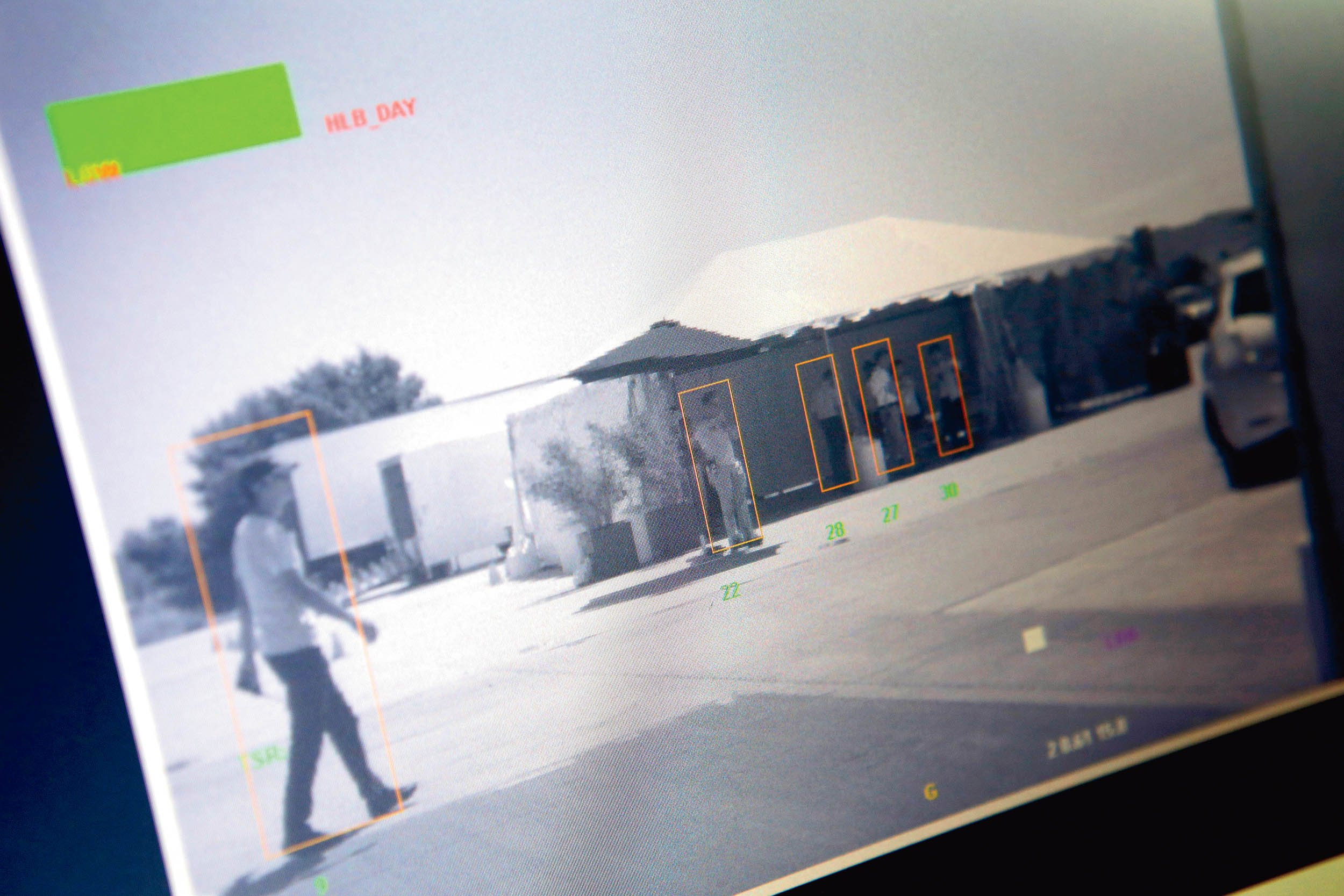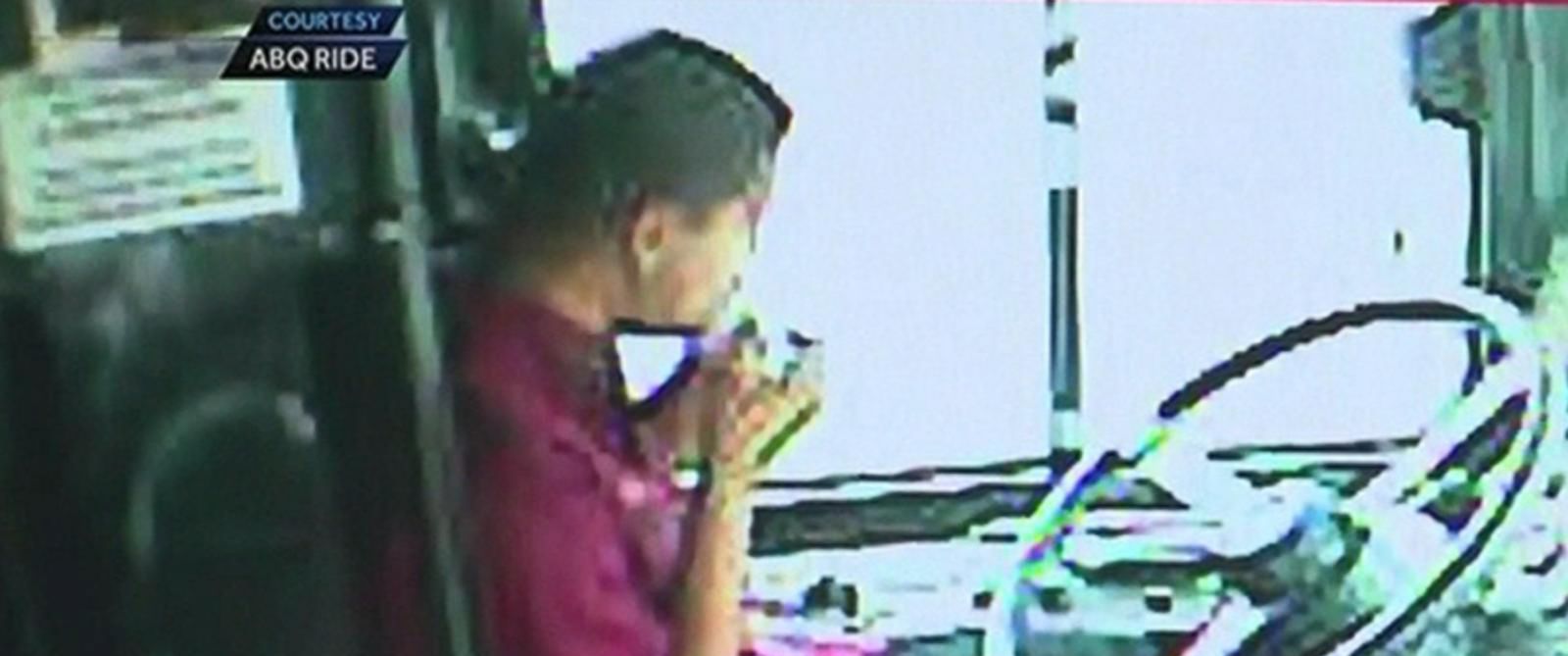
HANDS OFF THE WHEEL DRIVERS
Human drivers cause traffic fatalities roughly once per 100 million miles of driving, whereas the aircraft safety standards Joerger works with cannot accept crashes even in one out of one billion landings. to New York, the challenge is whether you can safely do it a million times," Joerger said.

"The challenge is not whether you can get an autonomous vehicle to go from L.A. And while Joerger said there are many benefits to automation, he also believes safely taking humans out of vehicles is a huge challenge. Safety is one of the most emphasized benefits of autonomous vehicles. Joerger's research focuses on using aircraft navigation safety standards to ensure the safety of autonomous vehicles. "The technology is not at level five, but improvements are being made and getting closer," said Mathieu Joerger, Ph.D., an assistant professor of aerospace and mechanical engineering at UA. According to Sun, complete level five is not necessary at this time for TuSimple. TuSimple's trucks are currently driving at level four, known as "high automation," in which the vehicle is capable of performing all driving functions, but only under certain conditions, such as only on specific routes.
HANDS OFF THE WHEEL DRIVER
With the concept of autonomous vehicles becoming mainstream, the National Highway Traffic Safety Administration developed a chart detailing "six levels of driver assistance technology." The levels range from zero, where this is no automation, to five, where the vehicle is capable of performing all driving functions. He said that while the technology is not perfect, and it will be a while before it is perfected, there are already many benefits to the automated systems. Head serves on the Arizona Governor's Task Force for Self-Driving Vehicles and has over 25 years of systems engineering experience related to automated vehicle systems. "It may reroute jobs, but there's always going to be a need for humans in these systems." "I think it's the natural transition of technologies in society," said Larry Head, interim dean of the UA College of Engineering. TuSimple's expanding presence in town is estimated to create an economic impact of over $1 billion in the next five years. These are high-paying engineering jobs, many of which come directly from the University of Arizona.
HANDS OFF THE WHEEL SOFTWARE
TuSimple currently employs more than 100 workers in Tucson, mostly in the mechanical and software engineering fields. TuSimple has expanded its Tucson warehouse this year while on a mission to eventually grow its autonomous truck fleet to 200 and add roughly 500 new jobs over the next two years. "Truck driving is a very large pool, and there's all sorts of skill needed." "It's a common question we always get: What about truckers' jobs?" Sun said. ATA blamed these shortages on "aging driver population, lifestyle issues, regulatory challenges" and more. Estimates also include the shortage growing to more than 174,000 by 2026. In 2017, the American Trucking Association reported the trucking industry was short roughly 50,000 drivers. While this development might pose a real risk of putting truck drivers out of jobs, it may in fact fix a growing shortage of drivers across the country. And it's not just highway driving, TuSimple's trucks can drive from depot to depot, both on highways and local roads.

The trucks have completed trips from Tucson to Phoenix, Nogales and even El Paso, Texas. They can perceive 1,000 meters down the road, navigate complex roadways and operate rain or shine.

The trucks, which use Peterbilt bodies, are equipped with multiple cameras and sensors. But depending on future regulations and their customer's wishes, TuSimple may completely remove humans from the driving process by as early as next year. TuSimple's autonomous semi-trucks currently have two humans onboard: an engineer and a driver. But how will these technological advancements affect Tucson, and can they coexist with the multiple long-haul trucking agencies in town? According to them, this would increase safety, decrease transportation costs and reduce carbon emissions. The company's mission is to bring the first self-driving truck to the market.

"We are actively sorting out our schedule, and aiming for 2020 or early 2021 to deliver fully-automated vehicles," said Vivian Sun, senior director of business development at TuSimple. These long-haul semi-trucks, operated and programmed by technology company TuSimple, still have humans onboard in case of an emergency. That truck will grow into a fleet of 50 vehicles by June. 10, 2018, a semi-truck drove between Tucson and Phoenix without any human intervention.


 0 kommentar(er)
0 kommentar(er)
